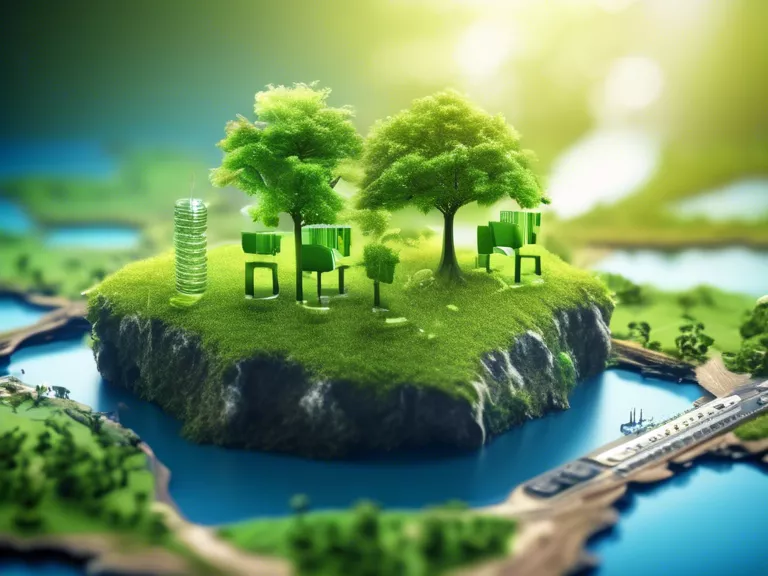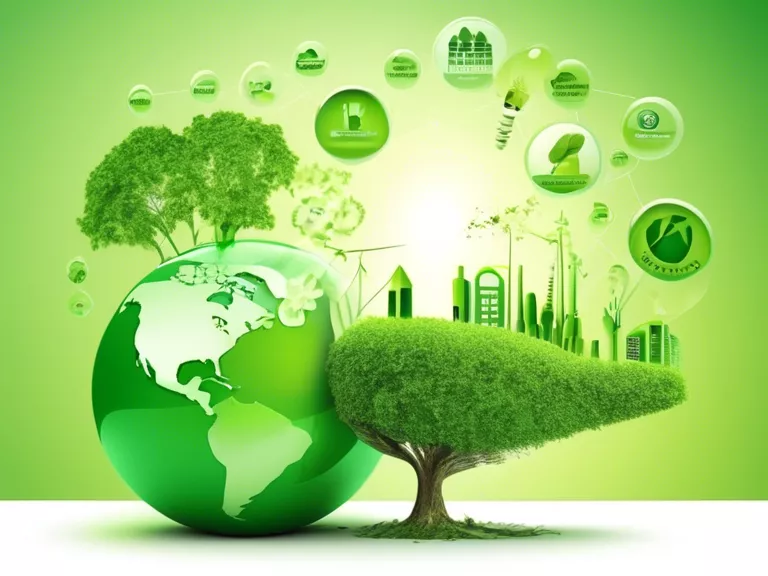
Introduction
In today's rapidly changing world, the need for innovative solutions to address environmental challenges has never been greater. One of the key drivers of change in the field of environmental conservation is the use of cutting-edge technology. From artificial intelligence to remote sensing, technology is playing a crucial role in monitoring, analyzing, and mitigating environmental issues. This article explores how technological advancements are driving change in environmental conservation efforts.
Artificial Intelligence in Environmental Monitoring
Artificial intelligence (AI) is revolutionizing environmental monitoring by enabling real-time data analysis and predictive modeling. AI-powered algorithms can process vast amounts of data from various sources, such as satellite imagery, weather sensors, and field observations, to identify patterns and trends. This enables researchers and conservationists to make informed decisions and take timely action to protect ecosystems and wildlife.
Remote Sensing for Habitat Mapping
Remote sensing technologies, such as drones and satellites, are transforming the way we map and monitor habitats. These tools provide high-resolution images and data that can be used to assess changes in land cover, track deforestation, and monitor wildlife populations. By using remote sensing techniques, conservationists can gather valuable information about ecosystems and prioritize conservation efforts effectively.
Blockchain for Supply Chain Transparency
Blockchain technology offers a transparent and secure way to track environmental impact throughout the supply chain. By recording data in a decentralized ledger, companies can verify the authenticity of eco-friendly products, trace the origin of raw materials, and ensure sustainable practices. Blockchain can help consumers make informed choices and hold companies accountable for their environmental footprint.
Internet of Things (IoT) for Smart Conservation
The Internet of Things (IoT) is revolutionizing conservation efforts by connecting devices and sensors to collect real-time environmental data. IoT devices can monitor air and water quality, track wildlife movements, and detect illegal activities such as poaching. By leveraging IoT technology, conservationists can implement proactive measures to protect biodiversity and ecosystems.
Virtual Reality for Environmental Education
Virtual reality (VR) is being used to raise awareness about environmental issues and promote conservation efforts. VR simulations allow users to immerse themselves in virtual environments, such as coral reefs or rainforests, and experience the impacts of climate change firsthand. By providing an interactive and engaging platform, VR technology is inspiring individuals to take action and support environmental conservation initiatives.
Conclusion
As technology continues to advance, the potential for driving change in environmental conservation is limitless. By harnessing the power of AI, remote sensing, blockchain, IoT, and VR, we can create innovative solutions to protect our planet and preserve its natural resources for future generations. Embracing cutting-edge tech solutions is essential in our collective efforts to promote sustainability and combat environmental challenges. Let us continue to explore and leverage technology to drive positive change and make a lasting impact on the environment.

